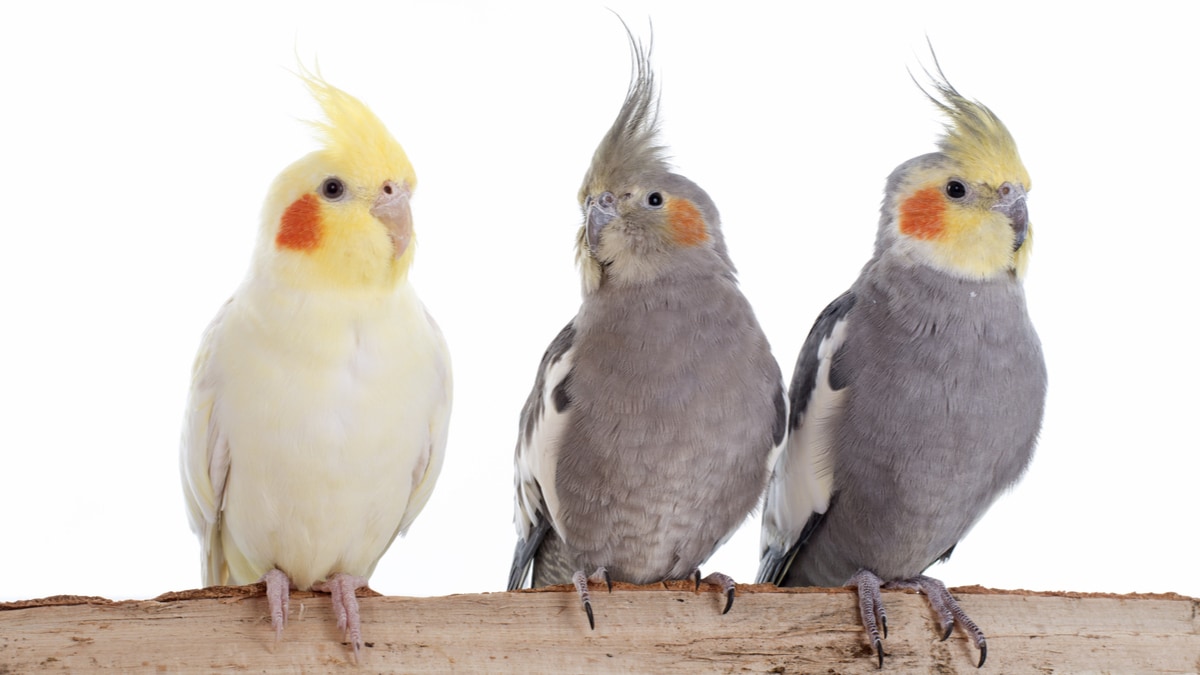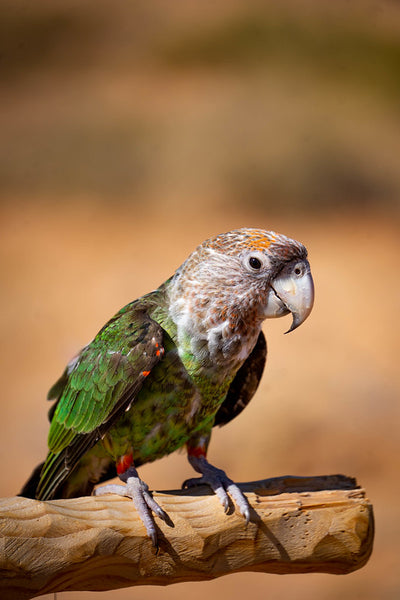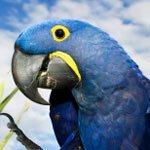Thanks for answering all the questions. There was one revealing thing that stood out to me. I did think I heard a vocalization of a cockatiel but had to ask about other birds since it was faint. Cockatiels are in the catagory of Old World birds and produce a fine powder dust. Conures are New World birds and are sensitive to the dust produced by Old World species. Given the length of time you've kept your 2 cockatiels and conure together I suspect part of the problem could be the exposure to the tiel dust for an extended period of time. Do you keep any air filtration/ Hepa filters running at all times in the room they share? Is the door always closed to the room housing all three of these birds.
@Hankmacaw
This copied and pasted from the link for quick reading:
BeChewy teaches you 10 things about cockatiels, from their behavior to their bodies to their appearance.

petcentral.chewy.com
1. Cockatiel Dust
The cockatiel is one of three commonly kept parrots that create an abundance of bird dust. The other dust culprits are the cockatiel’s close cousin, the cockatoo, and the
African grey parrot. You might notice a layer of fine, white dust covering pretty much everything near your cockatiel’s cage, especially objects that draw dust with static, like the television. This dust comes from white powder-down feathers that grow close to the bird’s skin. These feathers emerge among the down feathers, and both are used to help insulate the bird. What’s unique about the powder down feathers is that the tips crumble into a fine dust as the bird preens, spreading the powder throughout the feathers and helping to waterproof the bird.
The dust isn’t a problem for most people, but it can create respiratory issues and even aggravate asthma for others. Cockatiels can cause allergic reactions in other pet birds kept in close proximity; macaws seem to be especially affected by dustier bird species.
Cape Parrot The different parrot families are divided into two broad categories: Old World and New World species. New world parrots, of which there are 148 species, are all parrots that are indigenous to Central and South America and Mexico (The U.S. no longer has a native parrot species.) Some...

birdtricksstore.com
Parrots can be categorized according to Old World psittacines and New World psittacines. Do you know if your parrots are "Team Old World" or "Team New World"?

lafeber.com





